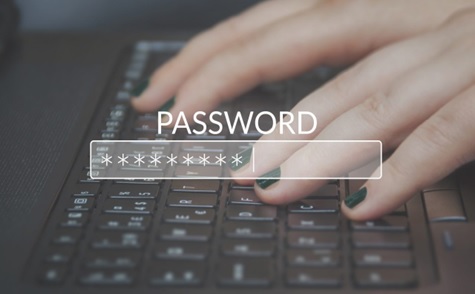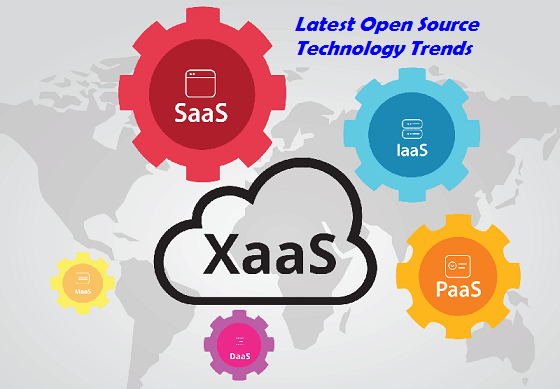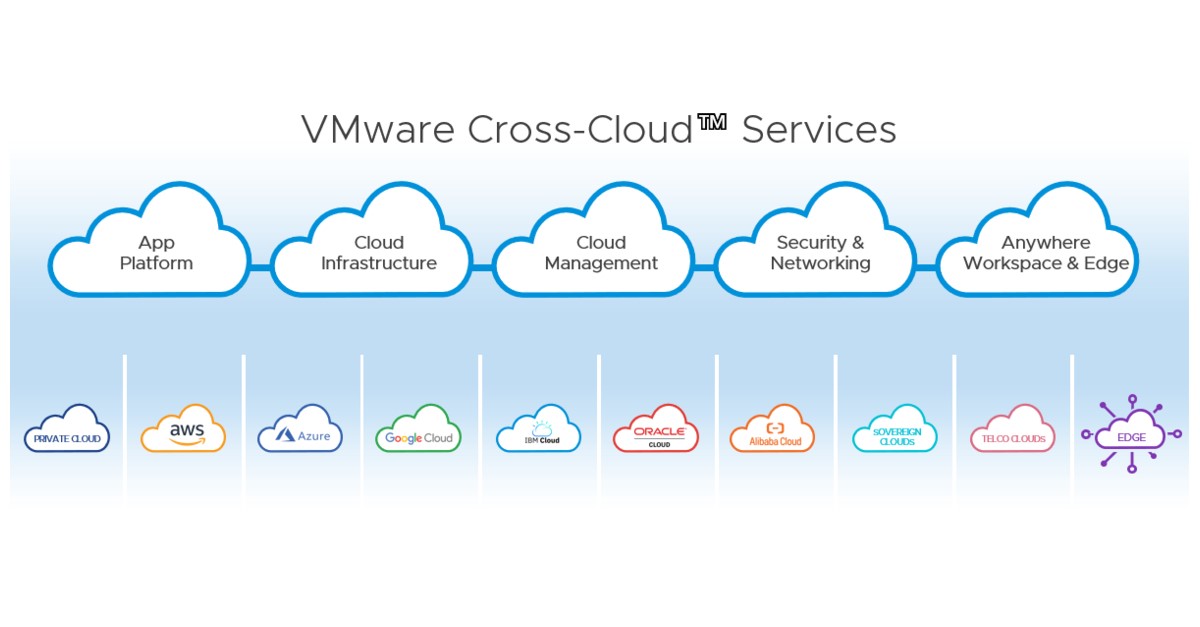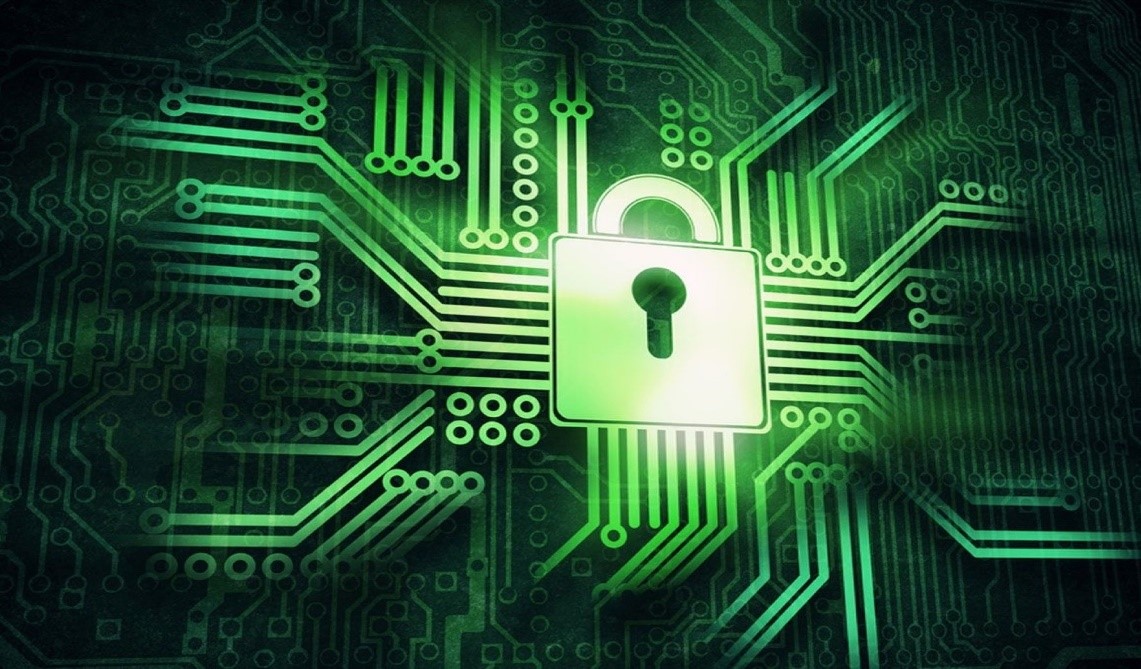Cost-of-living crisis fuelling a rise in cybercrime
The ‘Cyber Security in CNI: 2023’ research report, which surveyed 500 cyber security decision makers in the UK, in the transport and aviation, utilities, finance, government, and communications sectors, found concern is particularly high in the utilities sector – including energy and gas – with 41% of respondents predicting a surge in cybercrime as a result of financial hardship. The findings come as the ongoing Russia-Ukraine war squeezes oil and gas flows to the UK, causing a spike in prices for fuel and food.
With the rising cost of living putting employees under increased financial strain, over a fifth (21%) of CNI decision makers now rank employee sabotage among the biggest risks to their organisation’s IT environment. The mean number of security incidents relating to employee sabotage has already increased by 62% within CNI over the last 12 months – from 13 instances per organisation to an average of 21.

Cost-of-living crisis fuelling a rise in cybercrime
Cost-of-living crisis fuelling a rise in cybercrime is shown in figure 1. A third (33%) of decision makers also believe that the prevalence of phishing and social engineering attacks will grow due to the economic downturn, suggesting that threat actors could prey on employees’ vulnerabilities and financial fears to gain illicit access to CNI data and systems.
The findings reflect a longer-term rise in cyber security risk from insiders (both malicious and negligent) over the past three years, with two-thirds (66%) of CNI decision makers reporting an increase in insider threats since 2020.
However, after a period of increased security spend last year, 65% of CNI organisations are now seeing a reduction in their security budgets due to the economic downturn, potentially opening the sector to more insider risks.
The cost-of-living crisis can have a significant impact on various aspects of society, including the rise in cybercrime in cloud computing. Here's how the two are interconnected:
- Financial Motivation
- Increased Vulnerability
- Demand for Illicit Services
- Phishing and Social Engineering
- Insider Threats
To mitigate the rise in cybercrime fueled by the cost-of-living crisis, it is crucial to address both the socioeconomic factors that contribute to the crisis and strengthen cybersecurity measures.
This involves raising awareness, educating individuals and organizations about the risks, promoting strong authentication practices, implementing robust security measures, and encouraging responsible use of cloud computing resources.
Additionally, governments and regulatory bodies can play a role in enacting policies that address the cost-of-living crisis and support initiatives to combat cybercrime.
References:
- https://www.cloudcomputing-news.net/news/2023/apr/28/cost-of-living-crisis-fuelling-a-rise-in-cybercrime/
- https://www.internationalairportreview.com/news/184802/cost-of-living-crisis-may-fuel-rise-in-cyber-crimes/
Cite this article:
Gokula Nandhini K (2023), Cost-of-living crisis fuelling a rise in cybercrime, AnaTechMaz, pp.100















